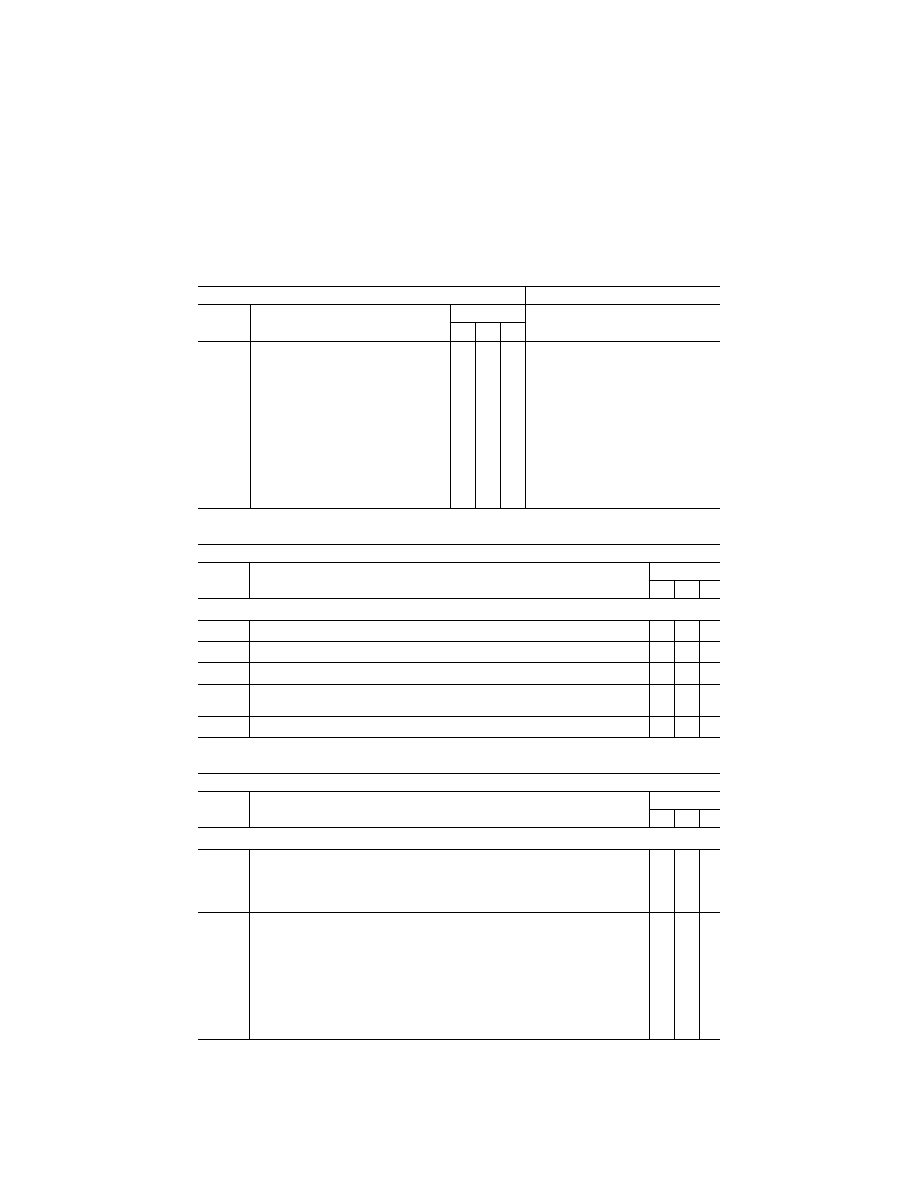
404
14 CFR Ch. I (1–1–19 Edition)
Pt. 60, App. C
T
ABLE
C3D—F
UNCTIONS AND
S
UBJECTIVE
T
ESTS
—Continued
QPS requirements
Information
Entry No.
Motion system (and special
aerodynamic model) effects
Simulator level
Notes
B C D
14. ............
Translational Lift Effects:
Procedure: From a stabilized in-ground-effect
(IGE) Hover begin a forward acceleration.
When passing through the effective
translational lift range, the noticeable effect
will be a possible nose pitch-up in some hel-
icopters, an increase in the rate of climb,
and a temporary increase in vibration level
(in some cases this vibration may be pro-
nounced). This effect is experienced again
upon deceleration through the appropriate
speed range. During deceleration, the pitch
and rate of climb will have the reverse ef-
fect, but there will be a similar, temporary in-
crease in vibration level
X X X
T
ABLE
C3E—F
UNCTIONS AND
S
UBJECTIVE
T
ESTS
QPS Requirements
Entry num-
ber
Sound system
Simulator level
B C D
The following checks are performed during a normal flight profile, motion system ON.
1. ..............
Precipitation. ......................................................................................................................................
X X
2. ..............
Rain removal equipment. ..................................................................................................................
X X
3. ..............
Helicopter noises used by the pilot for normal helicopter operation. ...............................................
X X
4. ..............
Abnormal operations for which there are associated sound cues, including engine malfunctions,
landing gear or tire malfunctions, tail boom.
X X
5. ..............
Sound of a crash when the flight simulator is landed in excess of limitations ................................
X
X
T
ABLE
C3F—F
UNCTIONS AND
S
UBJECTIVE
T
ESTS
QPS Requirements
Entry num-
ber
Special effects
Simulator level
B C D
This table specifies the minimum special effects necessary for the specified simulator level.
1.
..............
Braking Dynamics:
..........................................................................................................................
Representations of the dynamics of brake failure (flight simulator pitch, side-loading, and direc-
tional control characteristics representative of the helicopter), including antiskid and decreased
brake efficiency due to high brake temperatures (based on helicopter related data), sufficient
to enable pilot identification of the problem and implementation of appropriate procedures.
X X
2.
..............
Effects of Airframe and Engine Icing: Required only for those helicopters authorized for
operations in known icing conditions
.
Procedure: With the simulator airborne, in a clean configuration, nominal altitude and cruise air-
speed, autopilot on and auto-throttles off, engine and airfoil anti-ice/de-ice systems deacti-
vated; activate icing conditions at a rate that allows monitoring of simulator and systems re-
sponse.
Icing recognition will include an increase in gross weight, airspeed decay, change in simulator
pitch attitude, change in engine performance indications (other than due to airspeed changes),
and change in data from pitot/static system, or rotor out-of-track/balance. Activate heating,
anti-ice, or de-ice systems independently. Recognition will include proper effects of these sys-
tems, eventually returning the simulated helicopter to normal flight.
X X
VerDate Sep<11>2014
16:30 Jun 25, 2019
Jkt 247047
PO 00000
Frm 00414
Fmt 8010
Sfmt 8002
Q:\14\14V2.TXT
PC31
kpayne on VMOFRWIN702 with $$_JOB